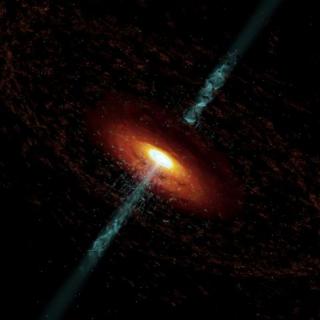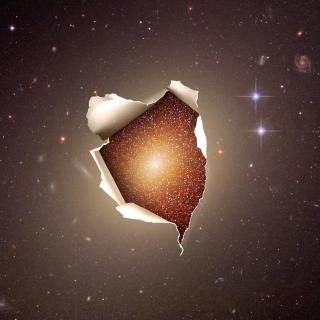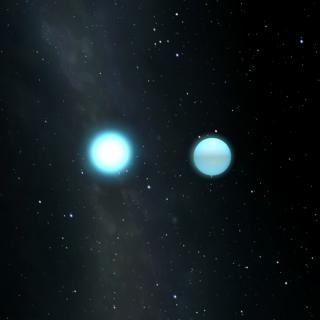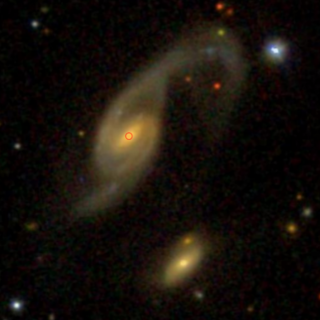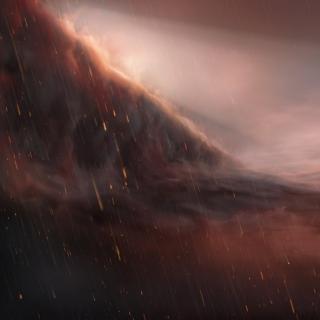
We show herein that a proto-cluster of Lyα emitting galaxies, spectroscopically confirmed at redshift 6.5, produces a remarkable number of ionising continuum photons. We start from the Lyα fluxes measured in the spectra of the sources detected spectroscopically. From these fluxes we derive the ionising emissivity of continuum photons of the proto-cluster, which we compare with the ionising emissivity required to reionise the proto-cluster volume. We find that the sources in the proto-cluster are capable of ionising a large bubble, indeed larger than the volume occupied by the proto-cluster
